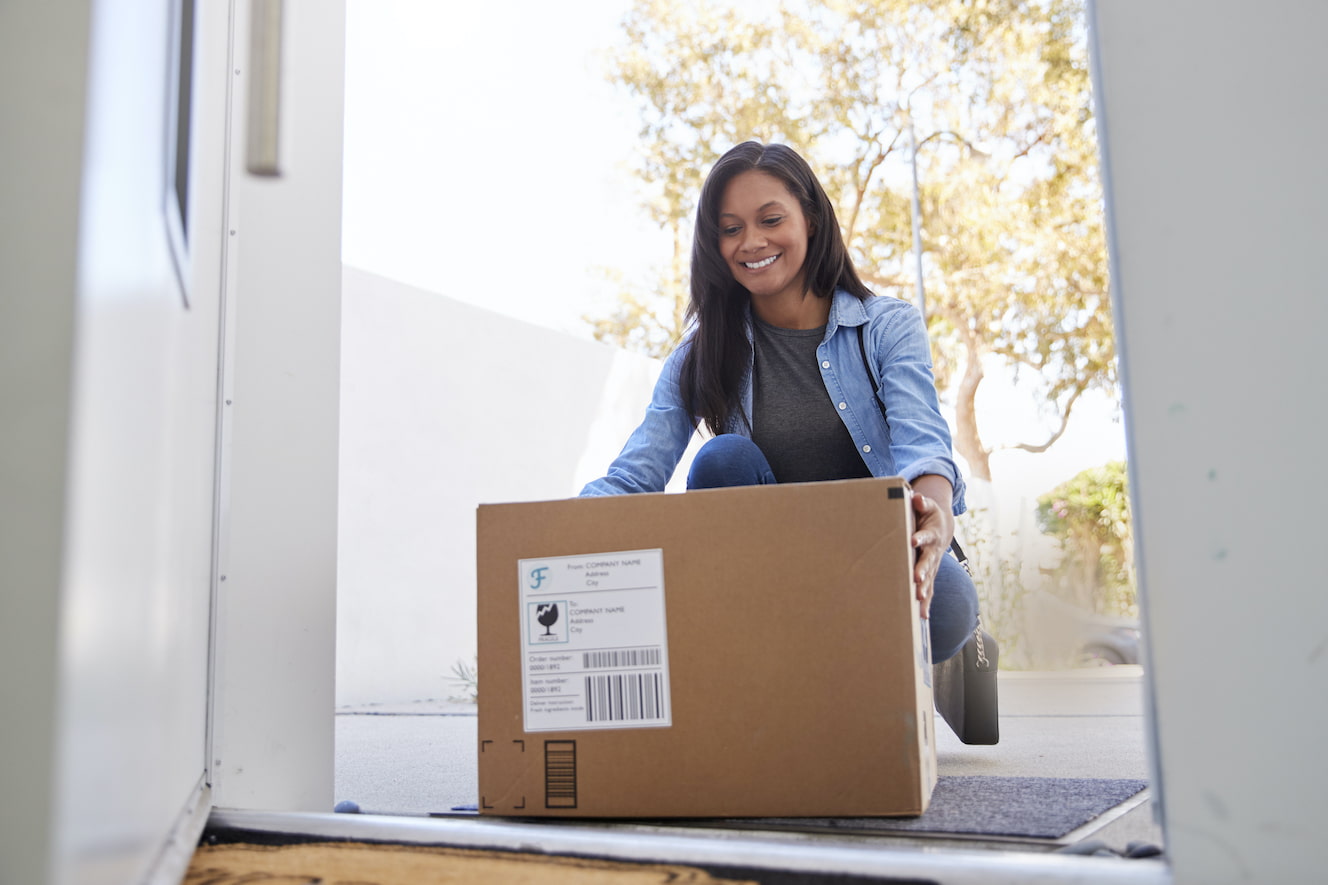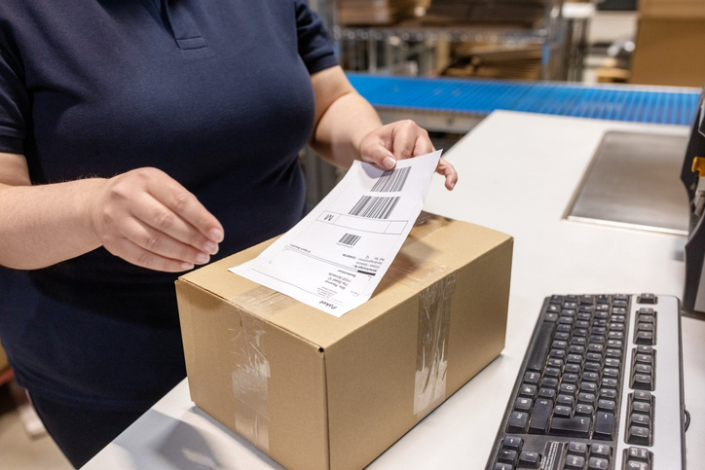If you work in ecommerce you may find yourself wondering if all the work that goes into ensuring a speedy delivery is worth it and why your transit times matter. In many cases, it is worth it — and is necessary if a business hopes to keep up with the competition. But getting transit times down to two days (or less) can also be a costly effort.
With Shopify reporting that ecommerce sales are at an all-time high, the future looks bright for online retailers. Businesses can take full advantage of this growth by finding a balance that works for them when it comes to transit times and customer experience. Let’s take a closer look at some of their options.

What are transit times in shipping
Transit times are the measurement of how long a carrier takes to deliver a shipment — starting when the package is picked up by a carrier and ending when it arrives at its final destination. Transit time meaning varies depending on service levels and business offerings. For instance, depending on service levels and business offers, transit can take anywhere from a few hours, to a week, or longer.
There is probably some divide between how ecommerce platforms think about their transit times and how quickly consumers think their packages should arrive. Generally consumers want free and fast shipping. But how fast exactly? In 2020, customers expected to receive their packages within eight days, according to ShipStation’s Last Touch, Lasting Impact ebook. But as the demand for ecommerce continues to rise, we would even go so far as to say that consumers are expecting their orders to arrive in three to five days. Get ahead of the pack and beat consumer expectations.
Transit time vs. transportation time
It’s important to distinguish between transit time and transportation time. While transit time refers to the total time it takes for a shipment to reach its final destination, including any processing and handling, transportation time specifically refers to the period when the shipment is physically moving from one location to another. Understanding this difference can help businesses optimize their logistics and better align with customer expectations for fast delivery.

The target transit time
In a perfect world, there would be minimal time between when an order is placed and when it’s delivered — but that is rarely the case. Many factors go into a carrier’s transit times. Here are a few that can greatly affect the time it takes for a package to arrive:
- Service level
- Destination zone
- Time of year
- Weather
Take these factors into consideration when determining the target transit time for your business. The most influential factor is going to be your budget. The more money a business is willing to spend on their carriers, the faster their packages will typically arrive.
But every business doesn’t need to rely on expediting their shipments via expedited services. Rate shopping provides businesses and their customers with shipment-level optimizations allowing them to save money, ship faster, or both. A powerful rating software — like EasyPost’s SmartRate — can help retailers find the fastest transit times within their budget.

Choosing a service level
To achieve your ideal transit time, you’re going to want to choose which service levels will best help you reach your business objectives, such as delivering packages to customers on time. Naturally, the heavier the parcel and the faster it needs to be delivered, the more expensive rates will be. Here are some service levels you can expect to find with most major carriers.
- Ground – A cost-effective shipping solution that transports goods via road or rail. This method is a slower, more standard form of transit.
- Next day – A faster shipping option that delivers within the next day after a courier picks up the package.
- Same day – This cost-prohibited shipping option delivers packages to consumers within the day after purchasing them.
- International – Opt for international shipping when a parcel needs to be sent to another country. Air and ocean options will vary.
- Freight – When you need to ship something large or awkwardly sized — limited to 150 pounds.
Flat rate – At this service level, carriers predetermine rates based on box sizes, but is rarely the most cost effective shipping method

How to decrease your transit times
68% of consumers said fast shipping would lead them to place an online order, according to a February 2021 Digital Commerce 360/Bizrate Insights survey. It’s clear that shoppers want quicker deliveries — and this is a result of a phenomenon called The Amazon Effect.
This situation is the name given to describe the disruption Amazon has incurred on the realm of ecommerce and retail. Key impacts include increased price flexibility and creating quicker and more efficient shopping experiences in person and online — especially in terms of transit times. If consumers can pay for Amazon Prime once per year and avoid paying for additional shipping costs while getting a two-day turnaround on packages, why would they want to pay upwards of $8 and wait longer every time they order from another retailer?
So how can you overcome the Amazon Effect? One way is to simply pay more for fast shipping. This usually involves rolling the cost of shipping into the list price of products. Or retailers can offer free or discounted shipping while taking a loss, with hopes that affordable prices and quick shipping will encourage customers to buy more and revisit their online storefront more often.
While striving for faster shipping, it’s important to be mindful of potential delays. These can be caused by supply chain disruptions, product availability, inaccurate inventory data, poor communication, or carrier capacity limits. Additionally, consider the impact of holidays, inclement weather, labor requirements, accidents, and poor route planning. By proactively managing these challenges, you can better ensure your shipping speed meets customer expectations.

The benefits of fast transit times
Ecommerce platforms everywhere are competing with customer expectations of fast transit times. When those expectations are met — or even surpassed — businesses will be more likely to retain their happy customers. But that’s not all. When customers expect fast transit times and are kept in the loop with real-time tracking, the number of customer service calls will reduce, leaving more time for those employees to focus on pressing tasks.
Transit times matter to a business’s success. It’s as simple as that — but implementing these practices doesn’t happen overnight. At EasyPost, we reduce the technical complexities of logistics to help our users ship faster, smarter, and more reliably. Think you’re ready to step up your logistics? Schedule some time to talk with our shipping experts.




